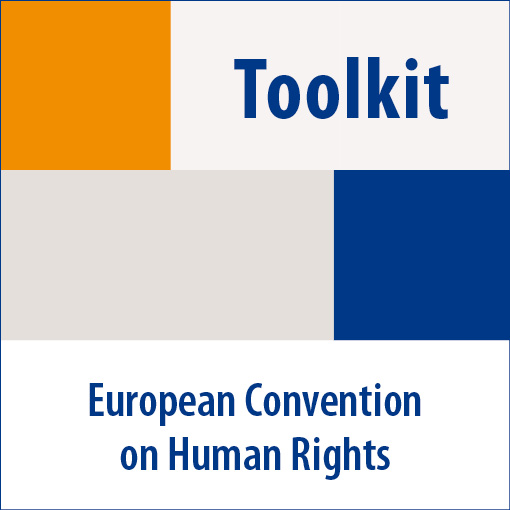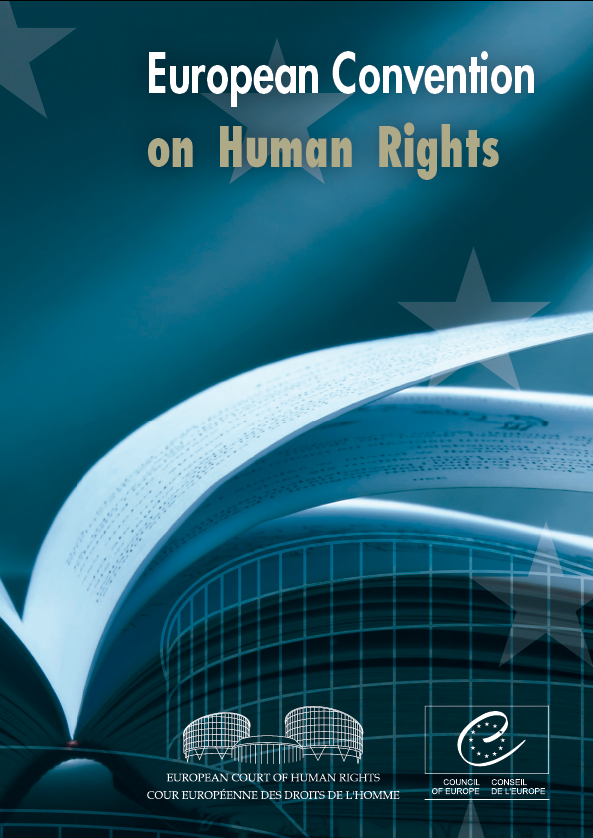Article 3 simply states that "No-one shall be subjected to torture or to inhuman and degrading treatment or punishment".
It is an absolute right. Unusually among the Convention provisions, there are no permitted exceptions or qualifications, nor have any been implied into it by the Court. That means neither the public interest nor rights of others nor the actions of the victim, however dangerous or criminal, can justify treatment prohibited by the article.
Article 3 has been invoked in many different situations, but the most common context where it arises is treatment of persons deprived of their liberty. As a result, police and others responsible for detainees (prison officers, immigration officials and persons working in detention centres and secure psychiatric units) need to take particular care to avoid breaches of the article. It is wise to make an early assessment of the risk of ill-treatment, especially for vulnerable categories (suspected paedophiles, minority groups, etc.).
"Torture" has been defined as "deliberate inhuman treatment causing very serious and cruel suffering". The degree of suffering is the main difference between torture and inhuman treatment, but it also has to be deliberate, for example, to extract information or to intimidate. NB The fact that the information might save innocent lives does not justify torture. Examples of acts found by the Court to amount to torture include rape, threats of harm to family, being kept blindfolded and mock executions. The suffering can be mental as well as physical. The threshold for torture is evolving: what was not considered torture 30 years ago may be so now, as standards rise (Selmouni v. France, which concerned a suspect subjected to physical blows). The same is true of inhuman treatment.
"Inhuman treatment" must reach a minimum level of severity, and "cause either actual bodily harm or intense mental suffering". It need not be deliberate nor inflicted for a purpose. In the typical case of injuries in custody, where a person is in good health before arrest or detention and is proved to be injured after it, the burden of proof is on the authorities to show force was not used, or was not excessive, or was justified by the victim's own conduct. Undue restraint during arrest or of a psychiatric patient can also amount to inhuman treatment.
"Degrading treatment" involves humiliation and debasement as opposed to physical and mental suffering. As with inhuman treatment, it does not have to be deliberate. It is most often the conditions of detention that are degrading, for example, dirty and over-crowded conditions over a prolonged period (Kalashnikov v. Russia). The same conditions may also be inhuman if severe enough. Strip searches, even where justified for security reasons, can be degrading if conducted without respect to a person's dignity, for example, in public or in front of the opposite sex. Solitary confinement is not necessarily inhuman or degrading, but can be so, particularly if prolonged. Absence or refusal of medical assistance can be degrading where it causes anxiety or stress or suffering, especially to mental patients. The opposite situation of compulsory medical intervention, for example, force-feeding, while not in principle inhuman or degrading, may become so if not medically necessary or carried out without safeguards or respect. Contrast two cases where medical intervention was taken to recover drugs swallowed by suspected traffickers. In Jalloh v. Germany, an emetic was forcibly administered in order to obtain evidence, despite violent resistance. The way it was done was degrading and carried health risks. A breach of Article 3 was found. In Bogumil v. Portugal, surgery to remove a parcel of cocaine from the applicant's stomach was done under medical advice and supervision to save life rather than to obtain evidence. No breach. The importance of close co-ordination between detaining officers and doctors in such situations cannot be over-stressed. Handcuffing is not degrading if reasonably necessary, for example, to prevent escape or injury to others, but can be if the handcuffed person is undergoing hospital treatment or is paraded in public or at trial.
Discrimination, for example, on ethnic grounds, when added to evidence of ill-treatment, can make a finding of breach of Article 3 more likely, for example, where Roma suspects were treated in a hostile and degrading way by judicial and executive authorities (Moldovan v. Romania No. 2).
Deportation and extradition: deporting or extraditing a person to another country where they face a real risk of treatment contrary to Article 3 can result in a breach by the deporting State. As with Article 2, in most cases the decision to deport etc. will be taken at a high judicial or governmental level. But the conditions of return of a deportee are often the responsibility of police or immigration officers. Humane conditions should always be ensured and a person who is medically unfit to travel should not be forced to do so.
Positive obligations under Article 3: the obligation to prevent treatment contrary to Article 3 is mostly a function of government in making laws and regulations. But it can also arise at working level, for example, where social workers failed to take reasonable steps to protect children from serious and long-term parental neglect of which they were or should have been aware (Z and others v. the United Kingdom). Where vulnerable groups like children, persons of unsound mind or detainees are concerned, the State's obligation to prevent ill-treatment is strengthened.
Procedural obligation to investigate: as with the right to life (Article 2), where there is an arguable breach of Article 3, there is an obligation to carry out an independent, effective and prompt investigation. For example, injuries need to be medically examined as soon as possible to establish how they occurred. Police and other officials need to keep good and accurate records of their actions, and if accused of ill-treatment, co-operate fully with any investigation.




